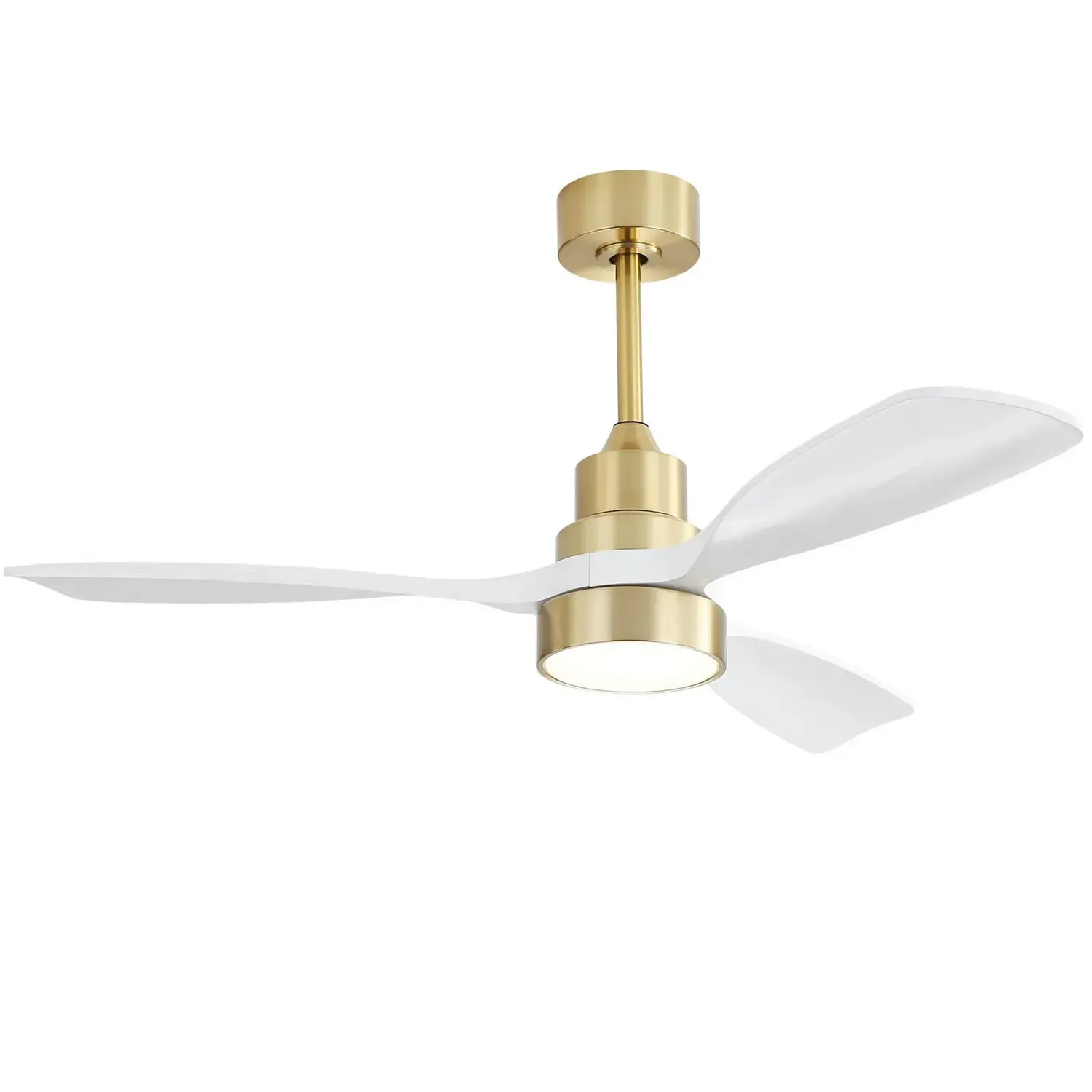We accept OEM & Customization. Low MOQ, Easy To Start. MOQ: 50 PCS.
What Type of Ceiling Fan Puts out the Most Air?
Discover the key factors influencing a ceiling fan’s air movement. From blade design to room size, find the perfect fan for efficient cooling and comfort in any space.
In ensuring a room stays cool and pleasant, adding a ceiling fan is a must. Not only does it circulate air, but it also brings a stylish touch to the room’s decor. However, not all ceiling fans are the same, and some are built to move more air than others.
This article delves into the elements influencing air movement in a ceiling fan, exploring the various types available in the market. We’ll discuss blade size and pitch, motor power and efficiency, and airflow measurement and ratings.
So, if you’re on the lookout for a ceiling fan that effectively cools your space and maximizes air movement, you’re in the right place. Let’s explore!
Key Points
Opt for a ceiling fan with larger blades and a steeper pitch for maximum air movement, ensuring the motor power suits the room size for optimal performance and minimal noise.
Consider airflow metrics like CFM and wind speed ratings, along with energy efficiency certifications when selecting a ceiling fan to guarantee effective air circulation and cooling comfort in your space.

Factors Influencing Air Movement
Blade Design
The design and shape of the blades significantly impact a ceiling fan’s air movement effectiveness. The blade pitch or angle creates a downward airflow, generating a cooling breeze. Blades with a steeper pitch move more air but may produce more noise. The shape and size of the blades also affect how efficiently the fan moves air.
Motor Power
The motor’s strength directly influences a fan’s ability to move air. Fans with higher wattage or horsepower typically feature more robust motors, resulting in improved air circulation. Choosing a fan with a motor matching the room size is advisable.
Blade Size
The size of fan blades influences air movement, with larger blades generally moving more air. However, it’s crucial to consider room size when selecting blade size. Smaller rooms may benefit from fans with smaller blades to prevent excessive airflow.
Height from Ceiling
The distance between the fan blades and the ceiling can impact air movement. Fans hanging lower can create more significant airflow compared to those mounted closer to the ceiling. Maintaining a safe clearance between the blades and the floor or furniture is essential.
Room Size
Room dimensions are crucial. Larger rooms require fans with higher air movement capacity. As a rule of thumb, a fan with a diameter of at least 36 inches is recommended for rooms up to 144 square feet, 42-52 inches for rooms up to 225 square feet, and larger fans for rooms exceeding 225 square feet.
Blade Pitch
Blade pitch refers to the angle at which the fan blades are inclined, measured in degrees, influencing the fan’s air-moving capability. A steeper blade pitch results in more efficient air movement. Yet, a sharper tilt may also contribute to increased noise. Typically, a blade pitch ranging from 12 to 15 degrees strikes a balance between effective air circulation and noise levels.
When choosing a ceiling fan, assess the room size and desired airflow. Larger rooms may benefit from a fan with larger blades and a higher tilt, whereas smaller rooms may find comfort in fans with smaller blades and a gentler tilt. Additionally, a fan with a potent motor is crucial for effectively propelling the blades and achieving optimal air movement.
Read more: How to Increase Ceiling Fan Airflow?
Conclusion
Ceiling fans serve both practical and aesthetic purposes, enhancing the style of any room. It’s vital to find a fan that not only looks good but also effectively circulates air for maximum comfort. To make an informed choice, grasp the factors influencing air movement, including blade dimensions, pitch, motor strength, and efficiency. When picking a fan, keep the room size and desired airflow in mind. While larger blades and a steeper pitch may boost air circulation, ensure the motor power aligns with the room size to guarantee peak performance.

